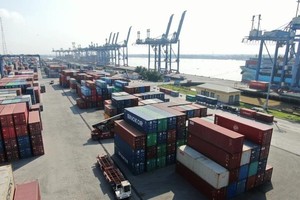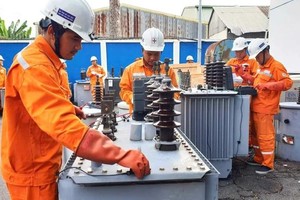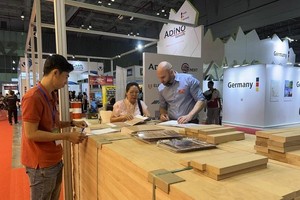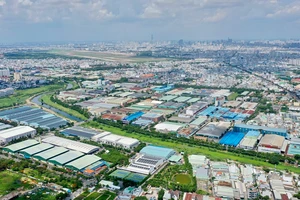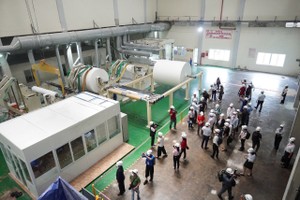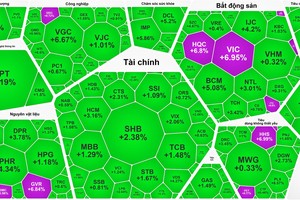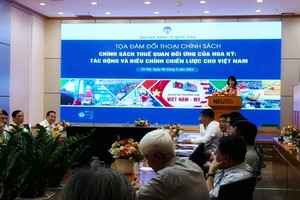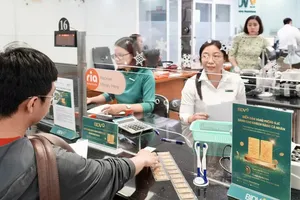To boost garment and textile exports in 2006, especially to the US market, the Viet Nam Ministry of Trade has framed a new policy on quota management. This policy allows enterprises to choose either of the two schemes in quota allocation: automatic visa or guarantee deposit. This policy will enable enterprises to use the most of the garment and textile quotas to the US.
The new policy was informed in two conferences in Ha Noi and Ho Chi Minh City hosted by The Viet Nam Ministry of Trade for better management of garment and textile quotas to the US in 2006.
Quota allocation schemes
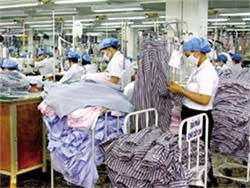
The Ministry plans to allocate 40% of the total quotas for the automatic visa scheme and 60% for guarantee deposit. The deposit scheme offers priority to enterprises with excellent export achievements in 2005.
Thus, these enterprises can guarantee in advance a high quota based on the previous year’s exports, and control the quantity and schedule of exports. After paying a deposit, however, enterprises may fall into capital shortage for a long time and might be fined with the whole deposit if they are not able to fulfill the allocated quotas.
In this scheme, enterprises must submit an application to pay a deposit, pay the deposit and take full responsibility for carrying out the allocated quotas. Deposited quotas will be returned to the inter-ministry office to be allocated to other companies if enterprises fail to fulfill the quotas. The deadline is 45 days in advance for hot categories (cat) and 60 days for cool cats.
The Ministry requests enterprises try to meet this requirement in order to make the most of the signed quotas. When having exported 95% of the assigned quotas, enterprises can get the whole deposit refunded. In case enterprises are unable to carry out the allocated quotas but do not return them to the inter-ministry office, they will be fined from the deposit on the basis of delayed commodity values.
The highest fine level for completion of less than 50% of the quotas is to confiscate the whole amount of the deposit, which will then be transferred into the national budget. The deposit is around VND10,000-15,000/dozen (about US$0.6 -0.9/dozen) for hot cat and VND5,000/dozen for cool cat.
Quotas should be allocated and used appropriately
The guarantee deposit is considered as a reward scheme for enterprises with high exports during the previous year. These are usually big enterprises that invest in technology and management improvement, keep on improving product quality and workers' skills etc.
Meanwhile, medium and small enterprises as well as new founded ones try to use the remaining 40% of quotas to export their products in automatic visa scheme. This means that qualified enterprises will try their best to rapidly exploit the assigned quotas to meet the deadline. However, the used quotas should be closely controlled for timely adjustment of production plans, exports and contracts in order to prevent any bad effects in case the quotas expire right after contracts are signed or while production is still in progress.
In reality, some enterprises were fined last year because they failed to complete the allocated quotas as scheduled, which resulted in stagnancy of hot cat goods.
These two quota schemes help enterprises boost export revenue in the first months of the year. Garment and textile exports to the U.S. in January 2006 increased 82% compared with last year with some cats up as much as 20%.
The Ministry of Trade hopes this policy will contribute to efficient exploitation of the U.S. market and help the garment and textile industry earn export revenue of US$5.3 billion, including about US$1.8 billion expected for the U.S. market.
Evaluation On Export Achievements In 2005 |



